Neurolens is a specialty ophthalmic lens featuring a contour prism design. Contour prism allows the neuro-optometrist to prescribe varying amounts of prism from distance to near in the same ophthalmic lens.
Clinical studies in the normative population have shown a reduction in headaches, vision motion sensitivity, eye fatigue, double vision, and neck pain. Patients with binocular vision disorders (convergence insufficiency, high exophoria near, and others) have reported significant improvements in symptoms such as eye fatigue, headaches, neck pain, and double vision. These lenses may benefit patients with a wide range of binocular vision dysfunctions as well as patients with acquired/traumatic brain injury.
FAQs on Neurolens
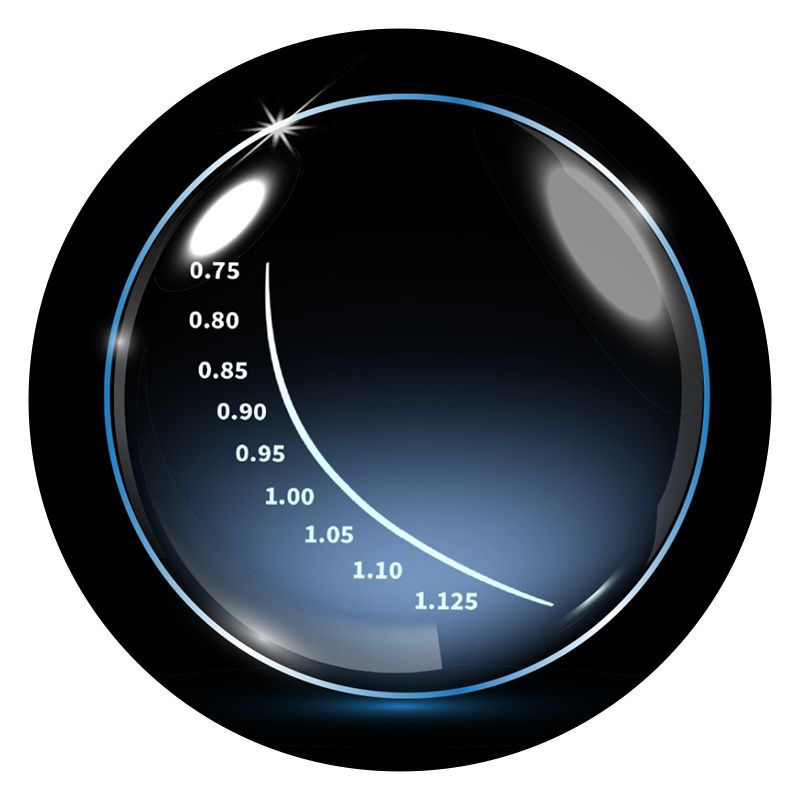
Contour Prism is variable horizontal prism that increases base-in prism when looking lower in the ophthalmic lens. This is like a progressive lens design where an invisible bifocal slowly increases in reading power as the patient looks to the bottom of the lenses.
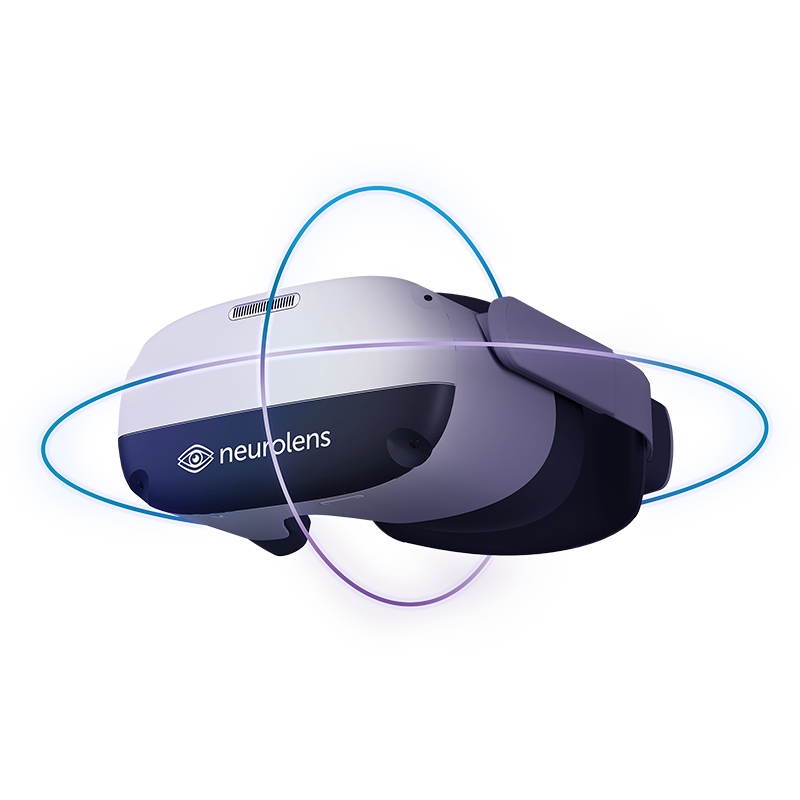
Your neuro-optometrist will complete a binocular vision assessment, and the Neurolens virtual headset testing provide objective data points that your neuro-optometrist evaluates to provide a final prescription.
Patients may note improvement with the following conditions: convergence insufficiency, high exophoria at near, divergence insufficiency, high esophoria at distance, and other binocular vision disorders.
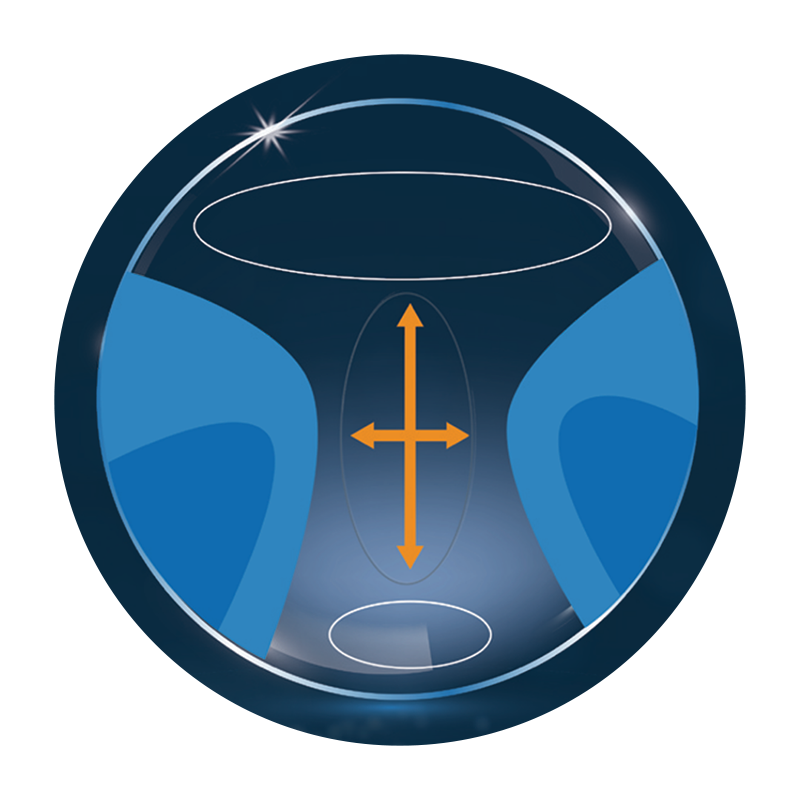
Neurolens Office Lenses
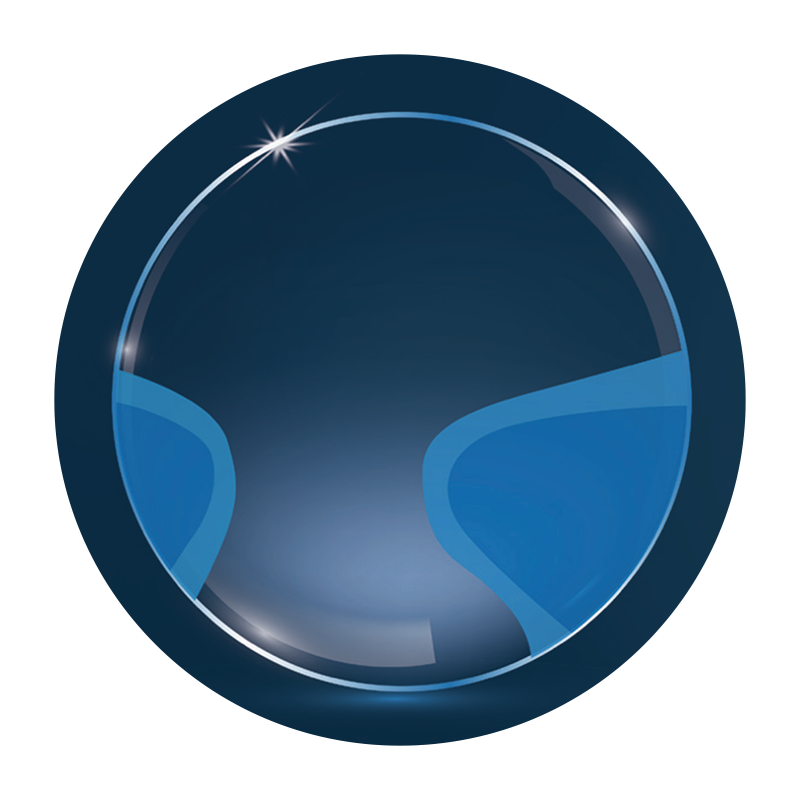
Neurolens Single Vision
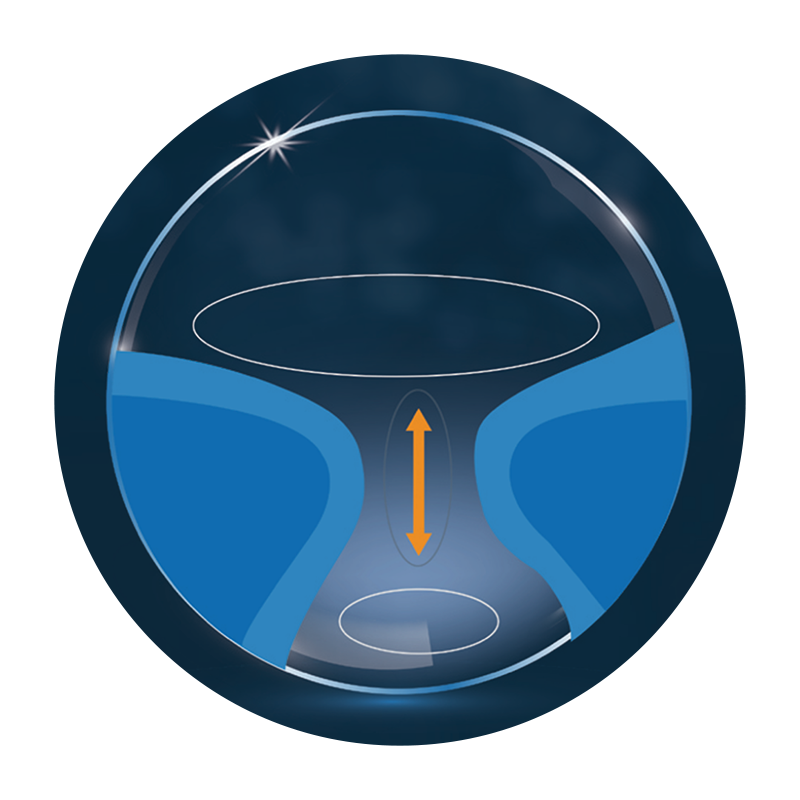
Neurolens Progressive
Computer: 50% of the reading power
Ideal Candidate: Accountant
Meeting: 30% of the reading power
Ideal Candidate: Office work in a cubicle setting; college professor; attorney
Gupta, A., Nguyen, B., Zhu, D., Lehman, L., Richard, M., Zyrina, J., Bunya, V., & Massaro-Giordano, M. (2022). Correction of Accommodative and Non-Strabismic Binocular Visual Dysfunction in the Treatment of Multifactorial Dry Eye Disease. Investigative Ophthalmology & Visual Science, 63. https://iovs.arvojournals.org/article.aspx?articleid=2780308
Jaschinski, W. (2017). Individual Objective and Subjective Fixation Disparity in Near Vision. PLOS ONE, 12(1), e0170190. https://doi.org/10.1371/journal.pone.0170190
Labhishetty, V., Cortes, J., van de Pol, C., Maanpaa, V., Plumley, A., Amin, N., Hurley, J., Barton, T., White, T., Szeliga, R., Dixon, J. M., Grosswald, D., Knutson, J., & Maier, H. (2024). Impact of Neurolens Use on the Quality of Life in Individuals With Headaches: A Randomized Double-Masked, Cross-Over Clinical Trial. Translational Vision Science & Technology, 13(1), 27. https://doi.org/10.1167/tvst.13.1.27
Schroth, V., Joos, R., & Jaschinski, W. (2015). Effects of Prism Eyeglasses on Objective and Subjective Fixation Disparity. PLOS ONE, 10(10), e0138871. https://doi.org/10.1371/journal.pone.0138871
Yes, we offer 60 days with a money-back guarantee from the time of pickup.
Yes, we offer 120 days for any prescription changes by your neuro-optometrist.
"I have been able to read a book from start to finish in one sitting! I have not been able to do this for over a year since my most recent concussion injury”.
- College Professor
“I no longer have dizziness when I walk compared to before. I no longer need a cane to be able to walk for stability.”
- Small Business Owner
“Before my new lenses, I was falling all the time! I have a movement disorder causing significant balance-related problems and eye problems! The new lenses allow me to see single and improve my vision! I also have not fallen!”
- Retired Physician
Insurance FAQs on Neurolens Lenses
You may use your HSA/FSA card to purchase Neurolens lenses. Medical insurance does not cover these lenses – please check with your insurer.
Your neuro-optometrist orders medically necessary glasses and it is evaluated by the claims adjuster. With appropriate paperwork and providing a clinical reason, there is a possibility the insurer may cover Neurolens lenses.
FAQs on Traditional Prism:
Prism is a treatment and compensatory tool to bend light to hit the appropriate area in the back of the eye, allowing the patient to eliminate double vision.
Prism is indicated for patients who have an eye turn, binocular vision dysfunction, who have symptoms of headaches, double vision, ghosting of images in visual space, eye fatigue, and many other signs/symptoms.
Comparison of Traditional Prism vs. Contour Prism
A traditional prism provides eye misalignment correction at a specific value for the entire lens while contour prism provides eye misalignment correction that varies from distance to near in the same pair of glasses. In some cases, it may allow for patients to have a single pair of glasses compared to multiple pairs.
Example 1 – Professional Driver: A patient with a traumatic brain injury notes double vision at distance and at near. The patient notes that the double vision is worse at near than at a distance. A neuro-optometrist diagnoses convergence insufficiency.
Career Consideration
Career: Professional Driver
Computer Time: Minimal
Reading Time: Variable
Treatment 1 Option with Neurolens (contour prism) for Professional Driver:
- Glasses 1: Neurolens Progressive lenses for everyday use with horizontal prism
Treatment 2 Option with Traditional prism for Professional Driver:
Glasses 1: Single Vision Distance lenses with horizontal prism
Glasses 2: Single Vision Reading lenses with increased horizontal prism
Example 2 – Attorney: A patient with a traumatic brain injury notes double vision at distance and at near with both eyes open. The patient reports that the double vision is worse at a distance than at near.
Career Consideration
Career: Attorney
Computer Time: 8–10 hours
Reading Time: 8–10 hours
Treatment 1 Option with Neurolens (contour prism) for Attorney
Glasses 1: Neurolens Progressive lenses for everyday use with horizontal prism
Glasses 2: Neurolens Office lenses for work with horizontal prism
Treatment 2 Option with Traditional prism for Attorney
Glasses 1: Single vision distance glasses with horizontal prism
Glasses 2: Single vision computer glasses with horizontal prism (higher value than distance)
Glasses 3: Single vision reading glasses with horizontal prism (higher value than computer)








